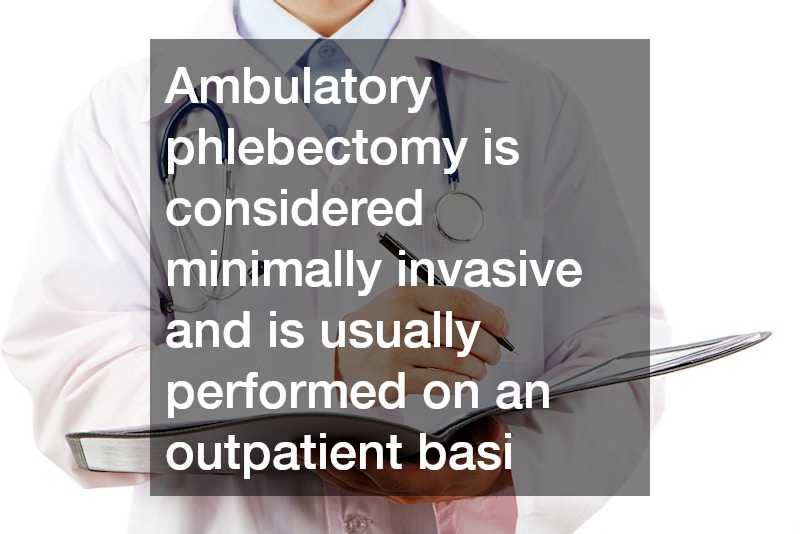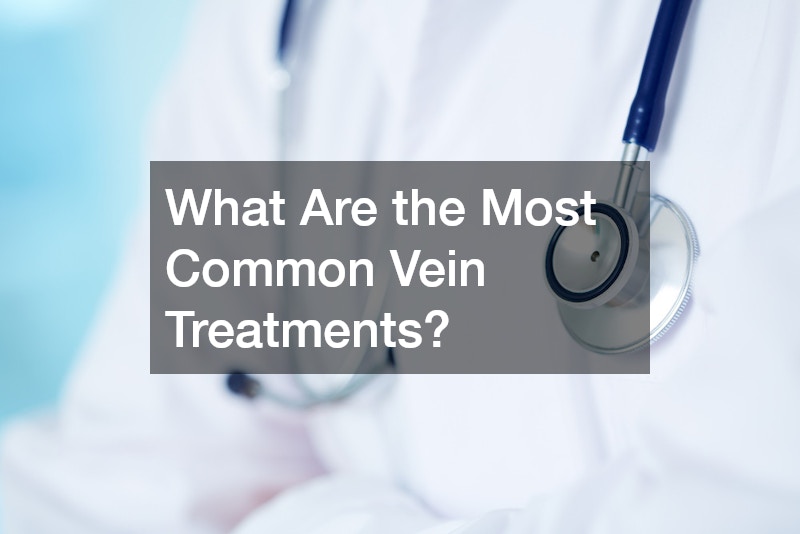Vein issues, such as varicose and spider veins, can affect people of all ages, leading to discomfort or cosmetic concerns. Fortunately, a variety of vein treatments are available to alleviate these problems. Each treatment is designed to target specific types of vein conditions, offering relief while enhancing the appearance of the legs and other affected areas.
Below are some of the most common vein treatments people consider when looking to address vein-related issues.
Sclerotherapy
Sclerotherapy is one of the most popular vein treatments for spider veins and small varicose veins. During this procedure, a solution is injected into the affected veins, causing them to collapse and eventually fade away. Over time, the body absorbs the treated veins, and the surrounding tissue heals, leaving the skin looking smoother and more uniform. This treatment is minimally invasive and typically requires no anesthesia, making it a convenient option for many.
Endovenous Laser Therapy (EVLT)
For individuals dealing with larger varicose veins, Endovenous Laser Therapy (EVLT) is a highly effective option. This procedure involves the use of laser energy to heat and seal off damaged veins, causing them to close and be reabsorbed by the body. EVLT is performed under local anesthesia and requires only small incisions. Patients generally experience minimal discomfort, and recovery time is relatively short, allowing them to return to their daily activities soon after the procedure.
Radiofrequency Ablation (RFA)
Radiofrequency Ablation (RFA) is another common vein treatment used to address larger varicose veins. Similar to EVLT, RFA uses heat to close off the problematic vein, but instead of laser energy, it utilizes radiofrequency waves. This treatment is minimally invasive and provides excellent results, often leading to a noticeable improvement in symptoms like swelling, aching, and heaviness in the legs. Recovery is typically quick, with most patients resuming normal activities within a day or two.
Ambulatory Phlebectomy

For more severe cases of varicose veins, ambulatory phlebectomy may be recommended. This surgical procedure involves making tiny incisions through which the varicose veins are removed. Although the idea of surgery might seem daunting, ambulatory phlebectomy is considered minimally invasive and is usually performed on an outpatient basis under local anesthesia. The recovery time is longer compared to non-surgical treatments, but the results are often dramatic and long-lasting.
Compression Therapy
While not a permanent solution, compression therapy is often used to manage symptoms associated with vein problems. Compression stockings help improve blood flow and reduce swelling, making them an excellent option for those with mild vein issues or for individuals who are not candidates for more invasive treatments. Compression therapy is also commonly recommended after vein procedures to support healing.




